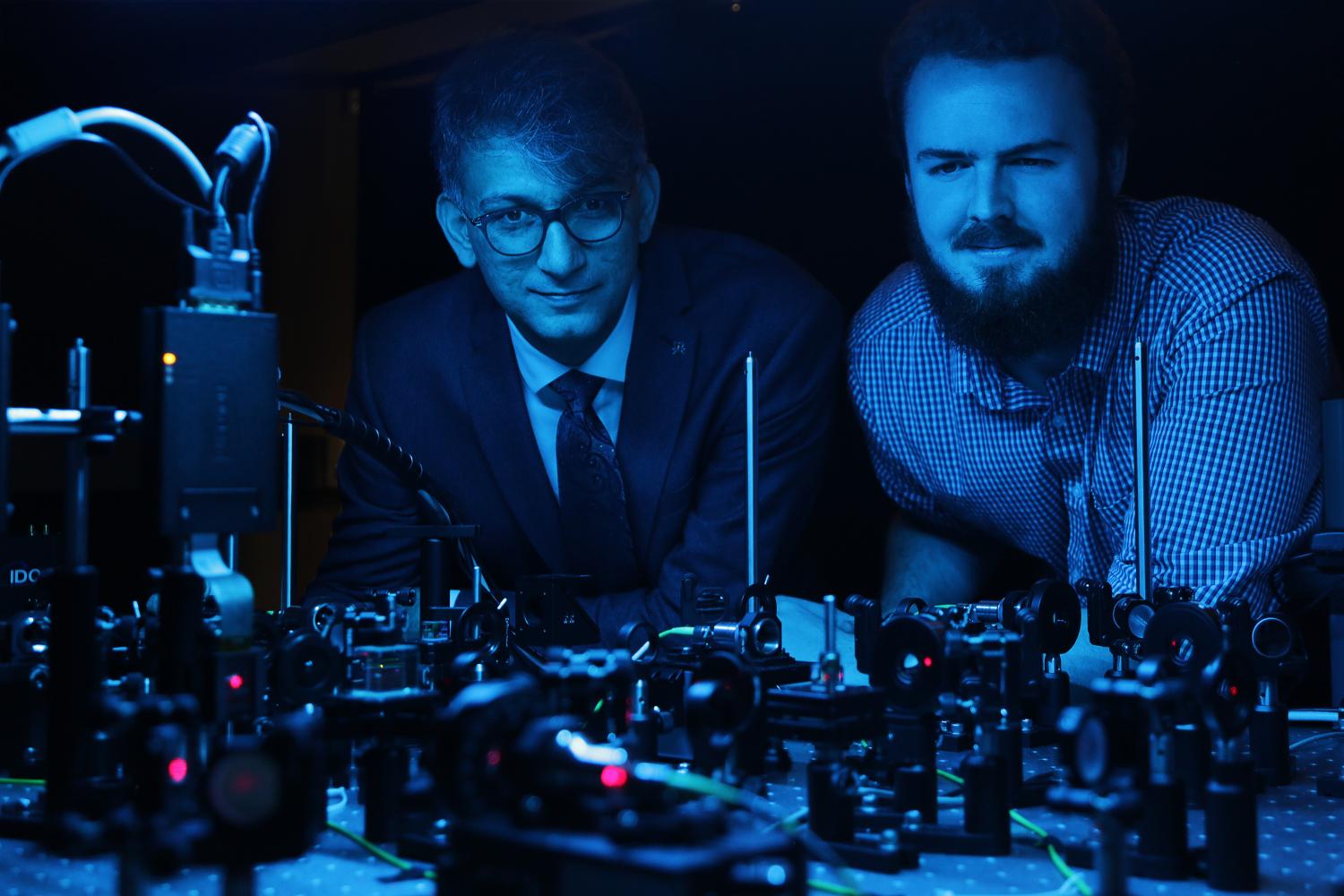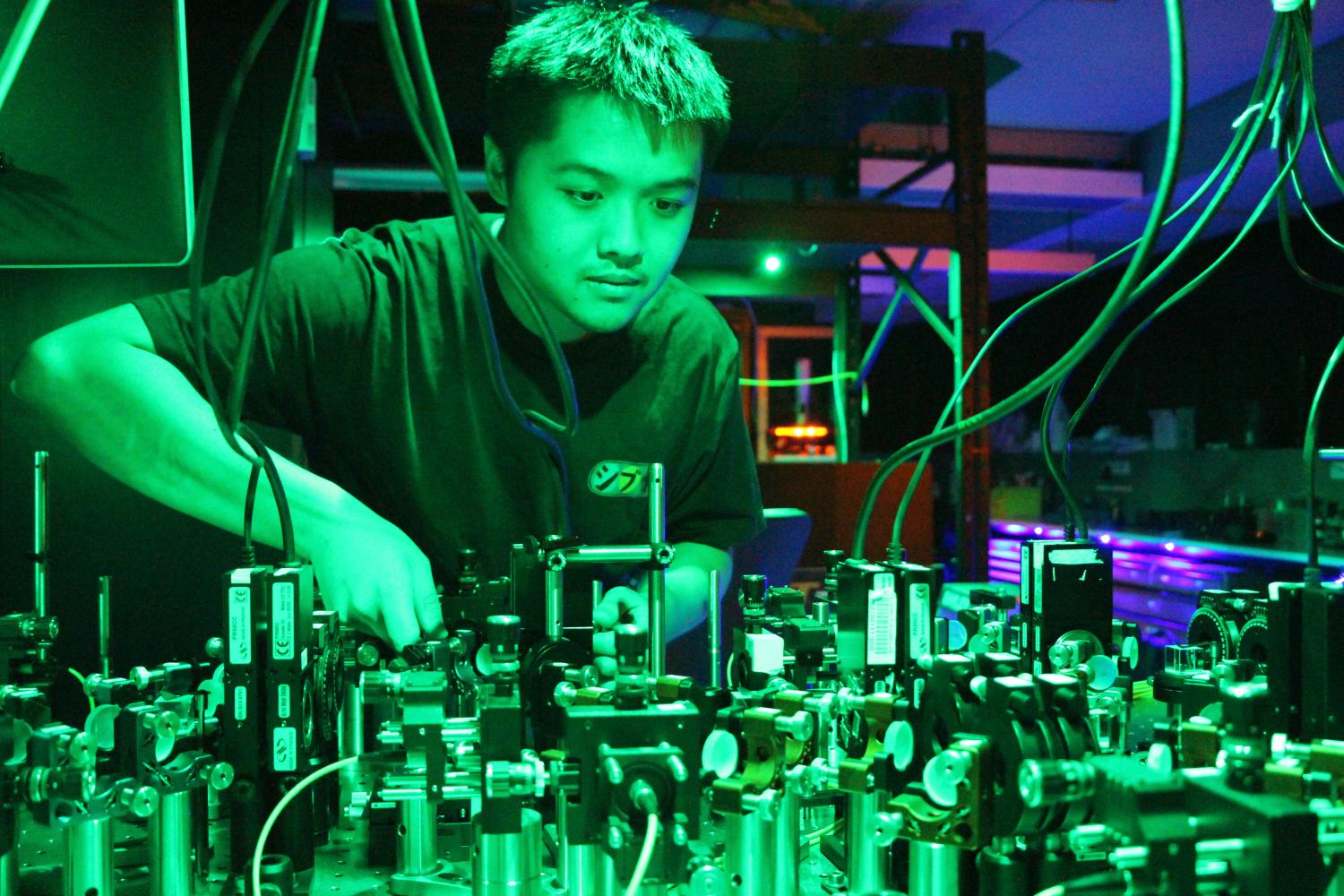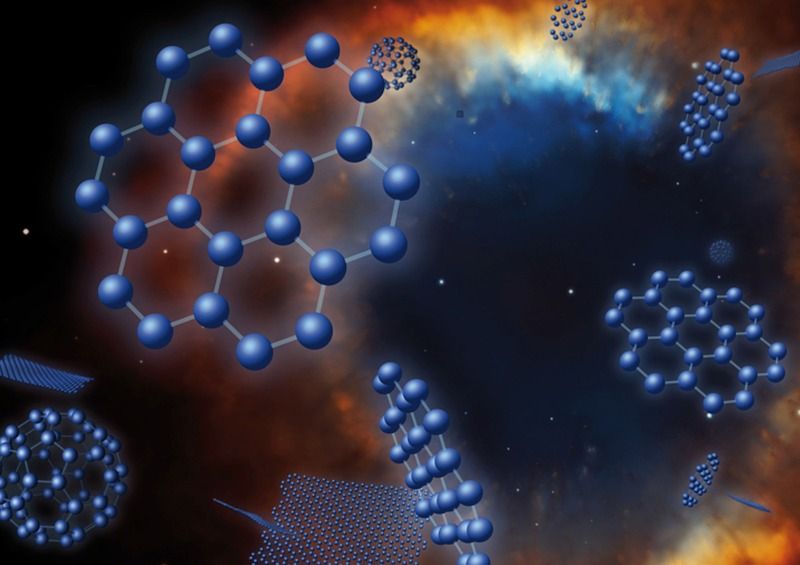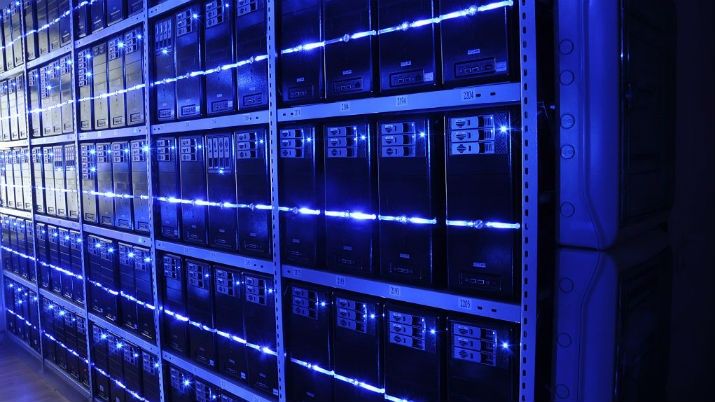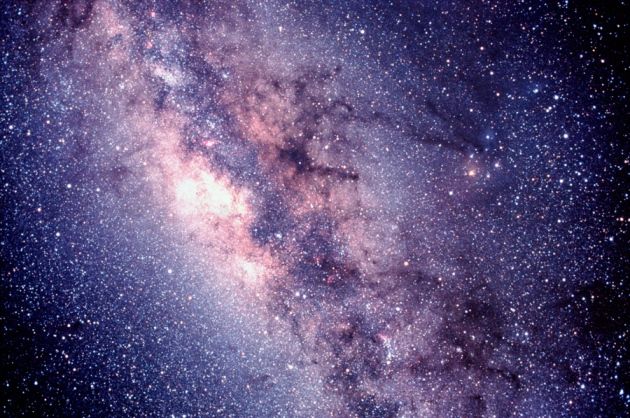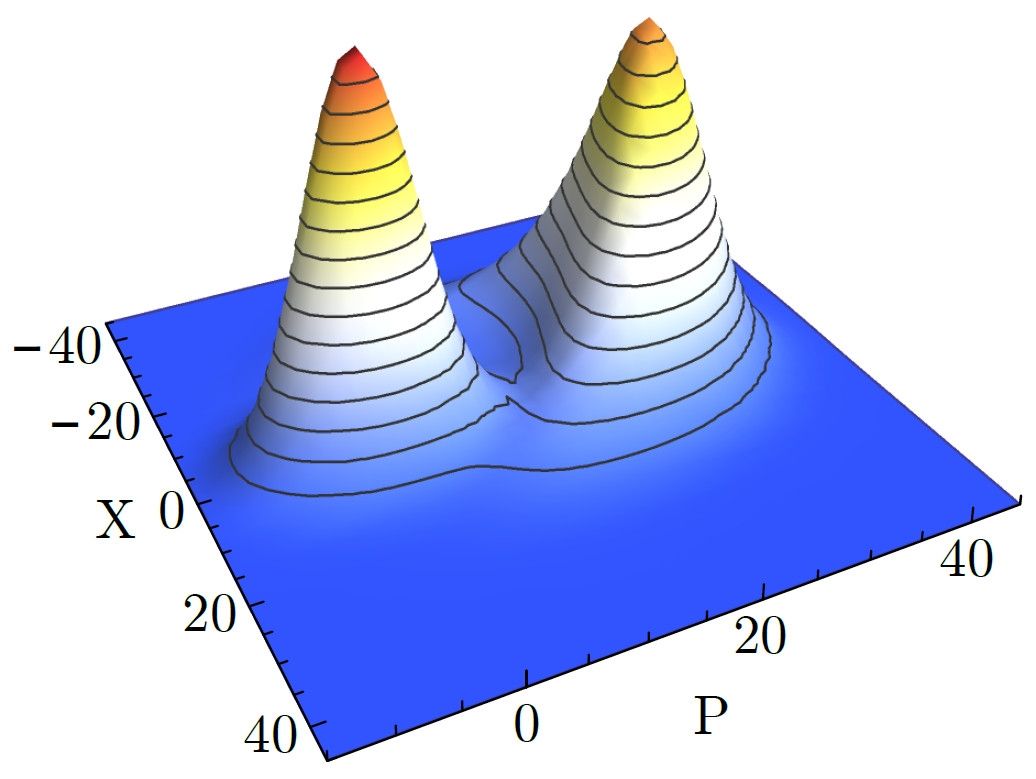Feb 3, 2017
Protecting quantum computing networks against hacking threats
Posted by Karen Hurst in categories: computing, quantum physics, security
Wish these guys a lot of luck; however, they need to hurry up soon as China is already had a head start with QC.
As we saw during the 2016 US election, protecting traditional computer systems, which use zeros and ones, from hackers is not a perfect science. Now consider the complex world of quantum computing, where bits of information can simultaneously hold multiple states beyond zero and one, and the potential threats become even trickier to tackle. Even so, researchers at the University of Ottawa have uncovered clues that could help administrators protect quantum computing networks from external attacks.
“Our team has built the first high-dimensional quantum cloning machine capable of performing quantum hacking to intercept a secure quantum message,” said University of Ottawa Department of Physics professor Ebrahim Karimi, who holds the Canada Research Chair in Structured Light. “Once we were able to analyze the results, we discovered some very important clues to help protect quantum computing networks against potential hacking threats.”
Continue reading “Protecting quantum computing networks against hacking threats” »
